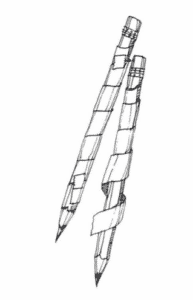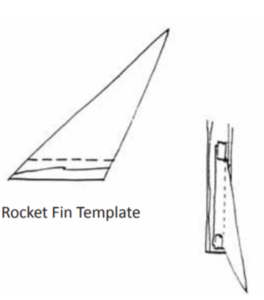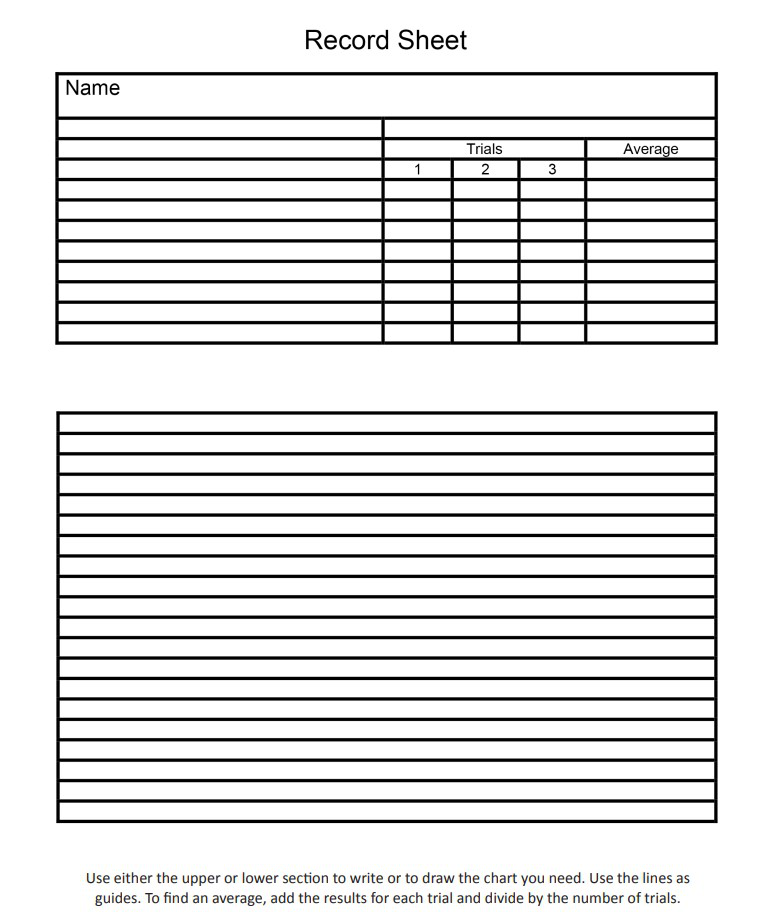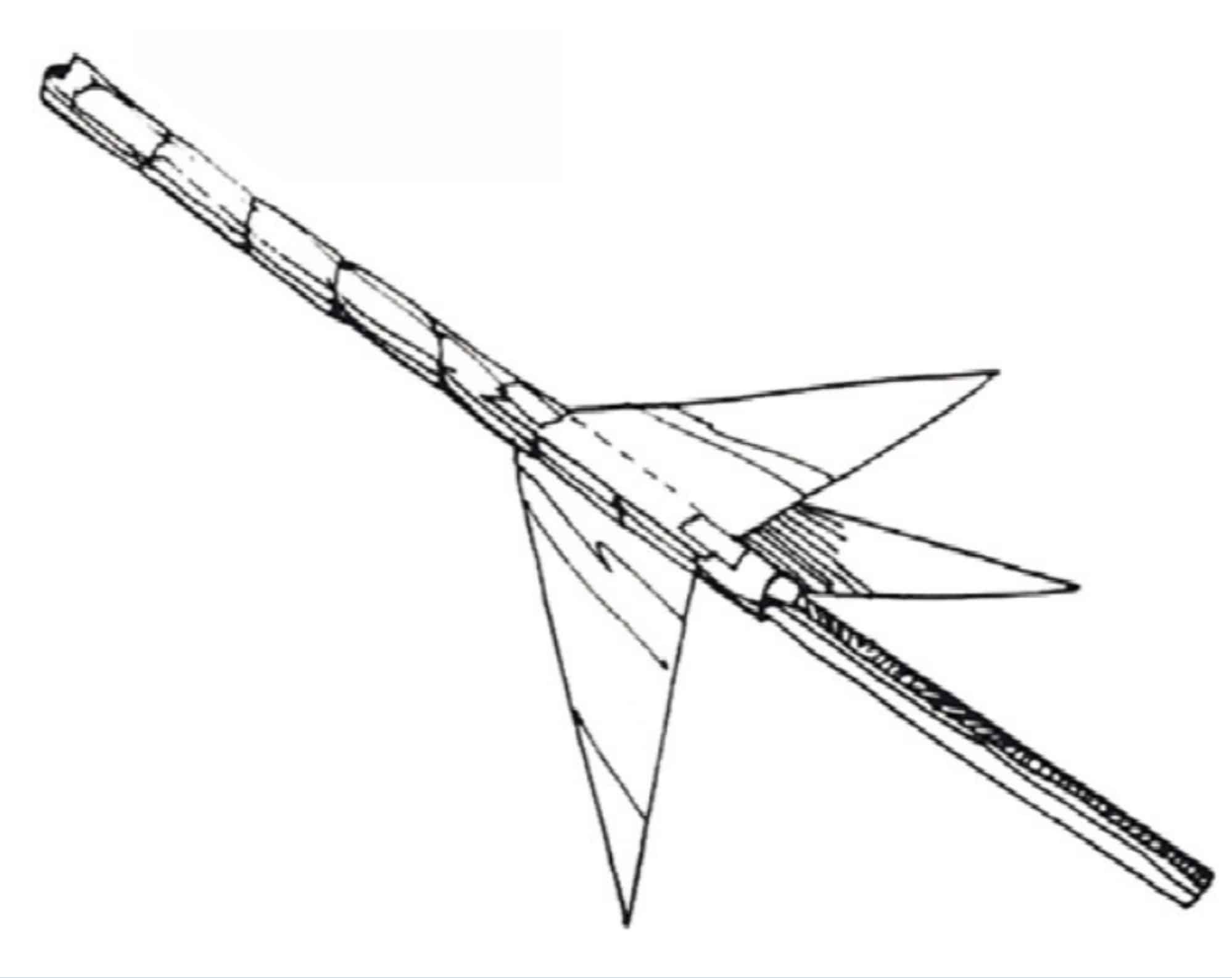Overview
STEM careers
Grade level
Time
Materials
Per Pair or Triad:
- Metric ruler
- Paper
- Pencil
- Clear adhesive tape
- Scissors
- Rocket fin pattern, graphics showing placement of fins and paper clips
- 6 Paper clips
- Straw
- Masking tape
- Record sheet
Instructions
PREPARATION:
Make a clear space in the classroom where students can fly their rockets. Make enough copies of the fin template and record sheet for each pair or group.
SAFETY:
Tell students to never aim their rockets at anyone
ACTIVITY:
- Cut a 3 x 28 cm paper strip.

- Make a paper tube by wrapping the strip tightly around the pencil. Use tape to keep the ends from unwinding. Remove the pencil and tape one end of the tube shut.
- Trace the rocket fin pattern. Use it to make 3 paper fins. Label the fins 1, 2, and 3.
- Tape all 3 fins to the paper tube according to the graphic. Space them evenly.

- Put 2 paper clips on each fin. Put a straw halfway into the rocket.
- Use masking tape to mark a launch pad on the floor in a long, clear area. Stand at the mark to launch your rocket. Have your record sheet ready to record the results of your flight.
- Hold the rocket straight and blow hard through the straw. Measure and record the distance the rocket traveled.
- Put all 6 paper clips on fin 2 and launch again, trying to blow with the same force as in the first launch. Measure and record the results.

- Remove the paper clips and reposition with three clips on fin 1 and three on fin 3. Launch and record the results.
- Remove the paper clips and make them into a chain. Attach it to fins 1 and 3 as shown; launch and record the results.
- Ask each group to find the average of their results.
- When all groups have executed all of the launches, reconvene and compare results. Generate a class discussion around students’ discoveries and questions.
Printables

Guiding questions
-
Which way of carrying the paper clips gave the rocket its farthest flight? Why do you think so?
-
What would happen if you moved the position of the fins?
-
What if you made your rocket out of something stiffer than paper, like a folder? What if it were made out of something lighter, like wrapping paper or newspaper?
Engineering & science connections
- Thrust: The force that creates forward movement. Gases moving through engines produce thrust for rockets and jet planes; propellers produce thrust for other planes.
- Drag: The friction of air or water as it rubs against whatever is moving through it. Drag slows moving objects. Streamlined shapes reduce drag by letting air flow smoothly over them.
- Lift: The force that directly opposes the weight of a rocket or airplane that holds it in the air. Lift has to overcome both gravity and drag in order for an object to become airborne.
- Compressed air: Air forced into a smaller space than
- it would normally occupy; compressing air builds air pressure. Air pressure can be used to generate thrust as it is released.
- For this activity, compressed air is used to provide the energy to launch the rocket. In recent years, compressed air cars have been designed to reduce pollution and natural resource use. The compressed air powers the motor. The challenge of this type of system is determining a way to compress more air once it runs out.
Water purification activity, courtesy of Craig Just, University of Iowa, is from the DVD Discover Engineering


0 Comments